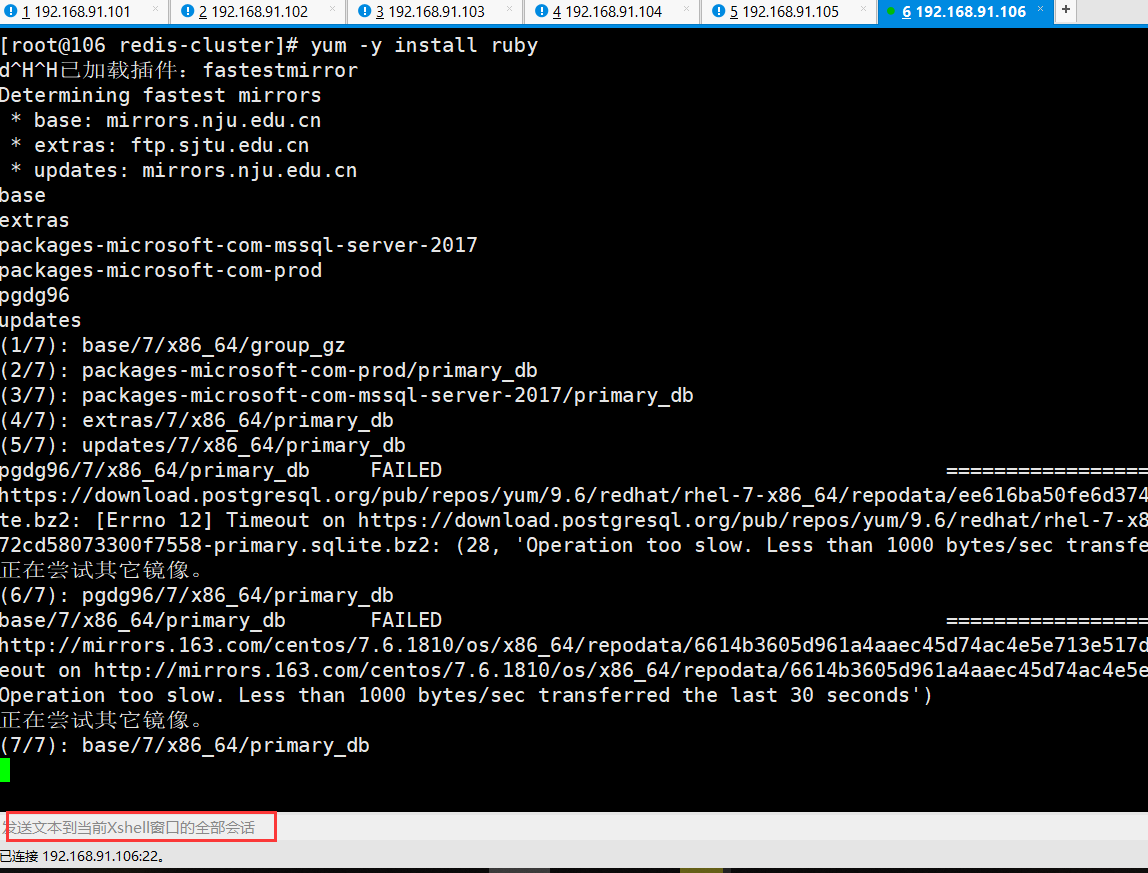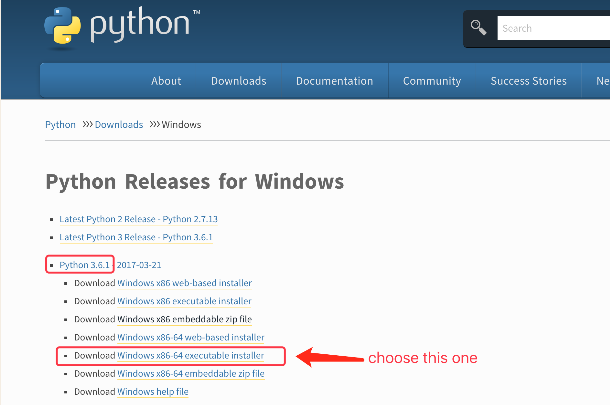高度以英寸存储在数据库中.
然而脚和英寸需要以下形式的自己的个人投入:
Height: [_______] feet [_______] inches
所以我使用虚拟属性,并使其工作.这是我的模型的简化版本:
class Client < ActiveRecord::Base
attr_accessible :name,:height_feet,:height_inches
before_save :combine_height
def height_feet
height.floor/12 if height
end
def height_feet=(feet)
@feet = feet
end
def height_inches
if height && height%12 != 0
height%12
end
end
def height_inches=(inches) #on save?
@inches = inches
end
def combine_height
self.height = @feet.to_d*12 + @inches.to_d #if @feet.present?
end
end
而_form部分使用simple_form:
<%= simple_form_for(@client) do |f| %>
<ul>
<%= f.error_notification %>
<%= f.input :name %>
<%= f.input :weight %>
<li>
<%= f.input :height_feet,:label => 'Height',:wrapper => false %>
<span>feet</span>
<%= f.input :height_inches,:label => false,:wrapper => false %>
<span>inches</span>
</li>
<%= f.error :base %>
</ul>
<%= f.button :submit %>
<% end %>
这个工作.但这不是理想的.
我想DRY这个,并创建一个custom input component,所以我可以添加高度的形式与<%= f.input:height,as::feet_and_inch%> – 因此任何其他输入,遵循相同的模式,as<%= f.input:wingspan,as::feet_and_inch%> ;. 我已经尝试过自定义组件,但是我无法得到两个输入显示,而且我不确定哪里是将“转换”逻辑从英尺和英寸放到英寸的最佳位置(同样从英寸回到英尺和英寸).
解决方法
据我所知,除了渲染到自定义输入之外,你不能移动任何东西.一旦表单被提交,SimpleForm就不会被调用,所以它不能以任何方式真正地干扰这些值.我过去也需要它,我很乐意这样做.无论如何,这里是一个保留模型中的转换逻辑的版本.
自定义SimpleForm输入:
# app/inputs/feet_and_inch_input.rb
class FeetAndInchInput < SimpleForm::Inputs::Base
def input
output = ""
label = @options.fetch(:label) { @attribute_name.to_s.capitalize }
feet_attribute = "#{attribute_name}_feet".to_sym
inches_attribute = "#{attribute_name}_inches".to_sym
output << @builder.input(feet_attribute,wrapper: false,label: label)
output << template.content_tag(:span," feet ")
output << @builder.input(inches_attribute,label: false)
output << template.content_tag(:span," inches ")
output.html_safe
end
def label
""
end
end
表格.请注意,我没有将< li>标签里面的自定义输入,我认为这样更灵活,但随意改变它.
# app/views/clients/_form.html.erb <li> <%= f.input :height,as: :feet_and_inch %> </li>
所有这一切都取决于对于每个height属性,你也有height_feet和height_inches属性.
现在,对于这个模型,我不是诚实地确定这是否可以走,也许有人可能会提出一个更好的解决方案,但是在这里:
class Client < ActiveRecord::Base
attr_accessible :name
["height","weight"].each do |attribute|
attr_accessible "#{attribute}_feet".to_sym
attr_accessible "#{attribute}_inches".to_sym
before_save do
feet = instance_variable_get("@#{attribute}_feet_ins_var").to_d
inches = instance_variable_get("@#{attribute}_inches_ins_var").to_d
self.send("#{attribute}=",feet*12 + inches)
end
define_method "#{attribute}_feet" do
value = self.send(attribute)
value.floor / 12 if value
end
define_method "#{attribute}_feet=" do |feet|
instance_variable_set("@#{attribute}_feet_ins_var",feet)
end
define_method "#{attribute}_inches=" do |inches|
instance_variable_set("@#{attribute}_inches_ins_var",inches)
end
define_method "#{attribute}_inches" do
value = self.send(attribute)
value % 12 if value && value % 12 != 0
end
end
end
它基本上是一样的,但动态定义方法.您可以在顶部看到一个属性列表,您希望生成这些方法.
请注意,所有这一切都没有经过彻底的测试,可能会杀死你的猫,但希望可以给你一些想法.


